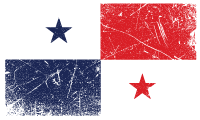

casco antiguo panama city panama
The historic district of Casco Antiguo is Panama City's most popular tourist destination and would be my first choice if I were planning to visit the city. During the high season, it's common to see large groups of cruise ship passengers walking through the streets, so it must be one of the more popular excursions.
With its picturesque buildings, upscale bars & restaurants, expansive balconies, churches, ruins, boutiques, souvenir stores, and museums, there is plenty to see and do in such a small place. Street vendors, primarily of indigenous descent, congregate on street corners where they sell paintings, molas, handbags, etc.
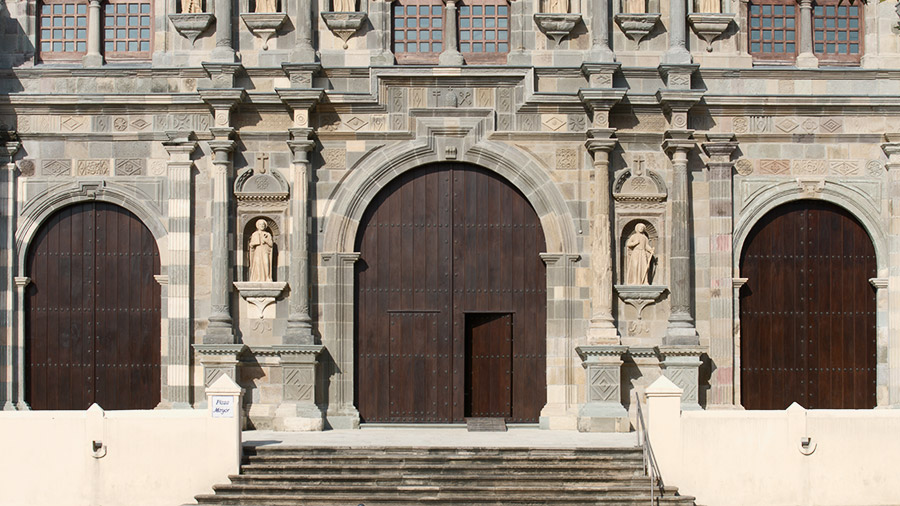
For quite some time, Casco Antiguo has been experiencing a sort of renewal. Many government and old, Spanish-style architectural buildings have been restored and have beautifully maintained exteriors. The same is true of private residences and commercial buildings. Casco is known for its beautiful balconies, so keep an eye out for them. Some of the doors are beautiful, as well. Even those that are old and decaying can be interesting. There is plenty to photograph in Casco, so bring a camera.
The streets are lined with red brick and laid out like any other city; in the form of a grid. They are a bit narrow, but you should find walking around fun and easy. Some of the streets, I must admit, do not look overly inviting, but don't let that scare you because the area is extremely safe. The district has a resident police department, and they do an admirable job of maintaining a proper order.
Buses are not permitted to enter the historic district, so your visit will consist entirely of a walking tour. Bordering Casco Antiguo is a small, picturesque park called Plaza Centenario, and it is here where your excursion will most likely begin.
The tour bus will drop you off at the park's entrance. From there, it's a short walk to Casco. You'll need to climb a single flight of stairs to enter the park and proceed along a tree-lined brick pathway. At the far end, another flight of stairs awaits you, and from there, it's just a matter of crossing the street. It shouldn't take more than a few minutes.
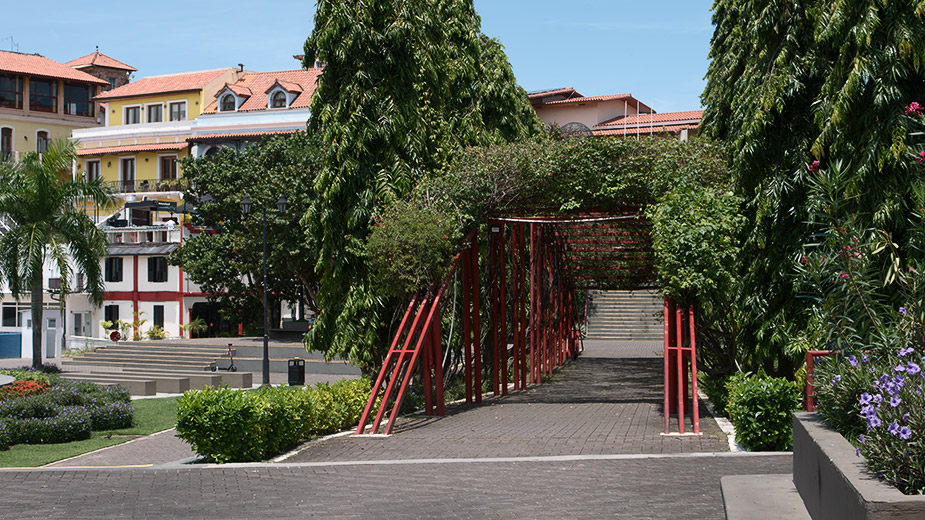
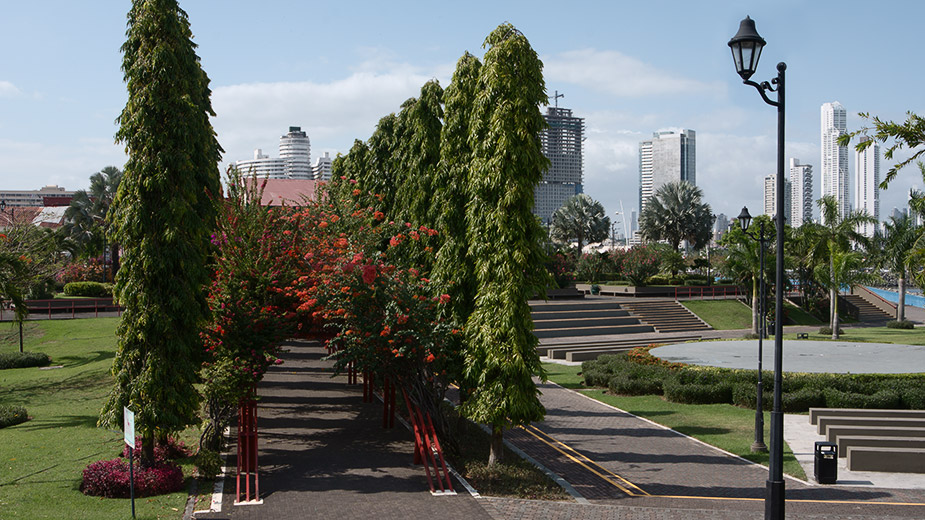
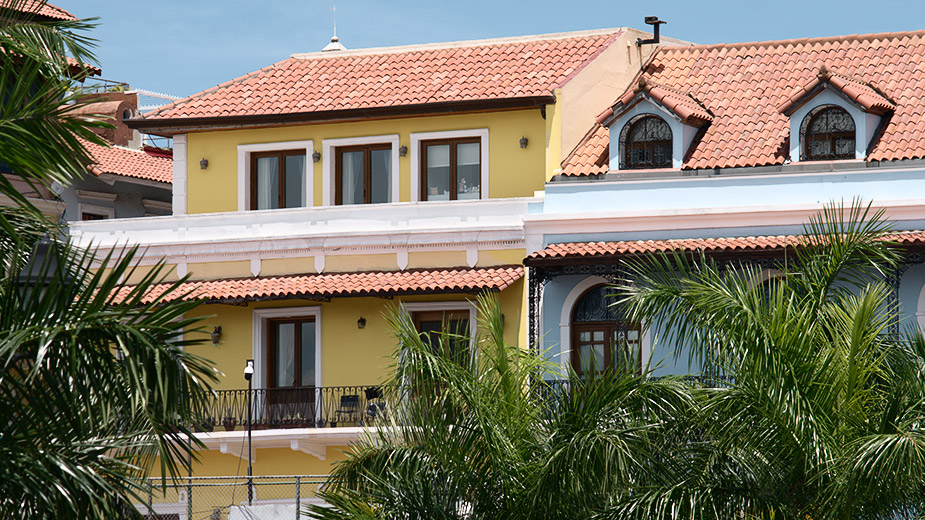
Casco Antiguo is known for its balconies. They are ubiquitous and come in different sizes, colors, and styles, some adorned with tropical plants and decorative railings.
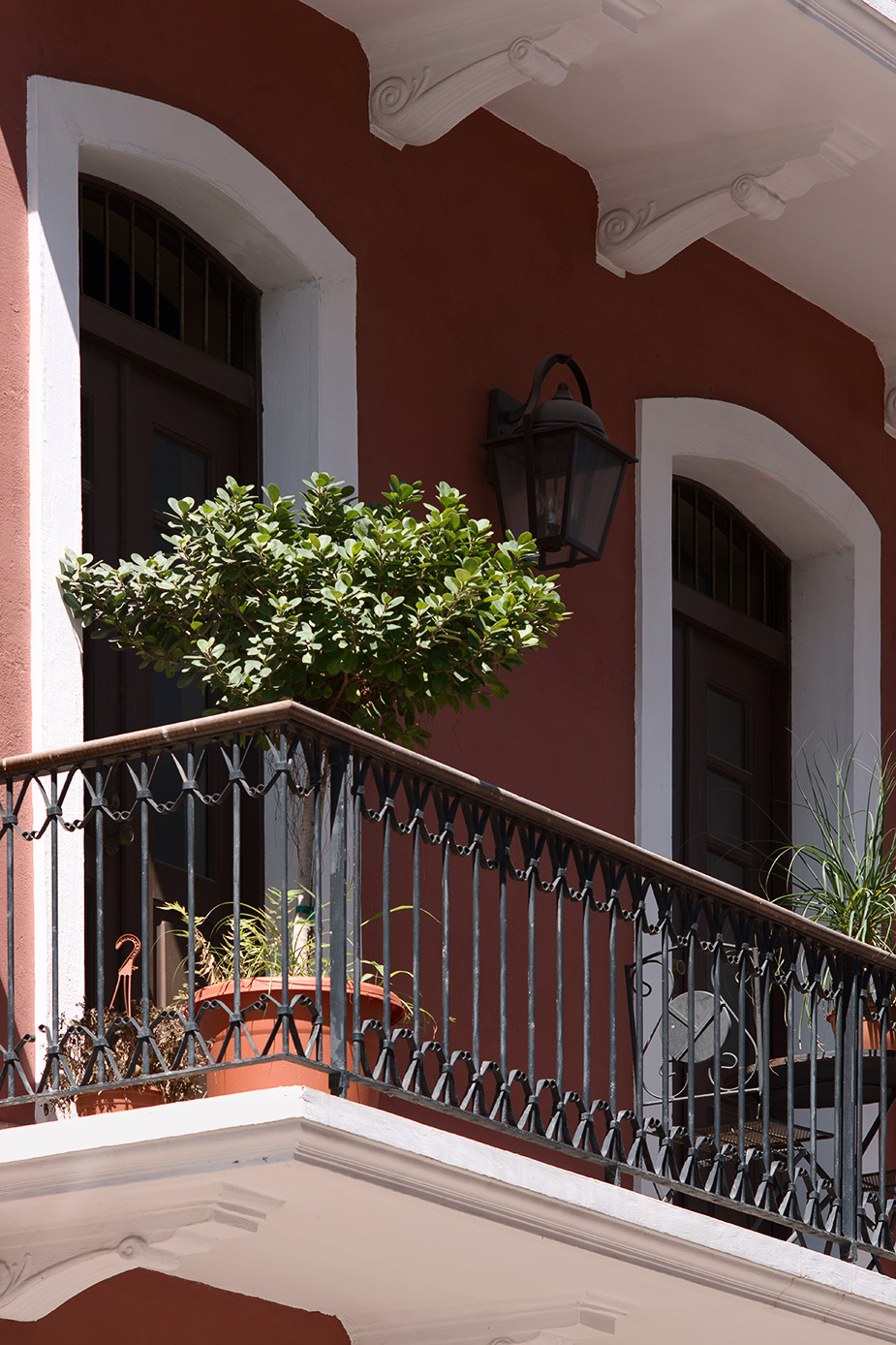
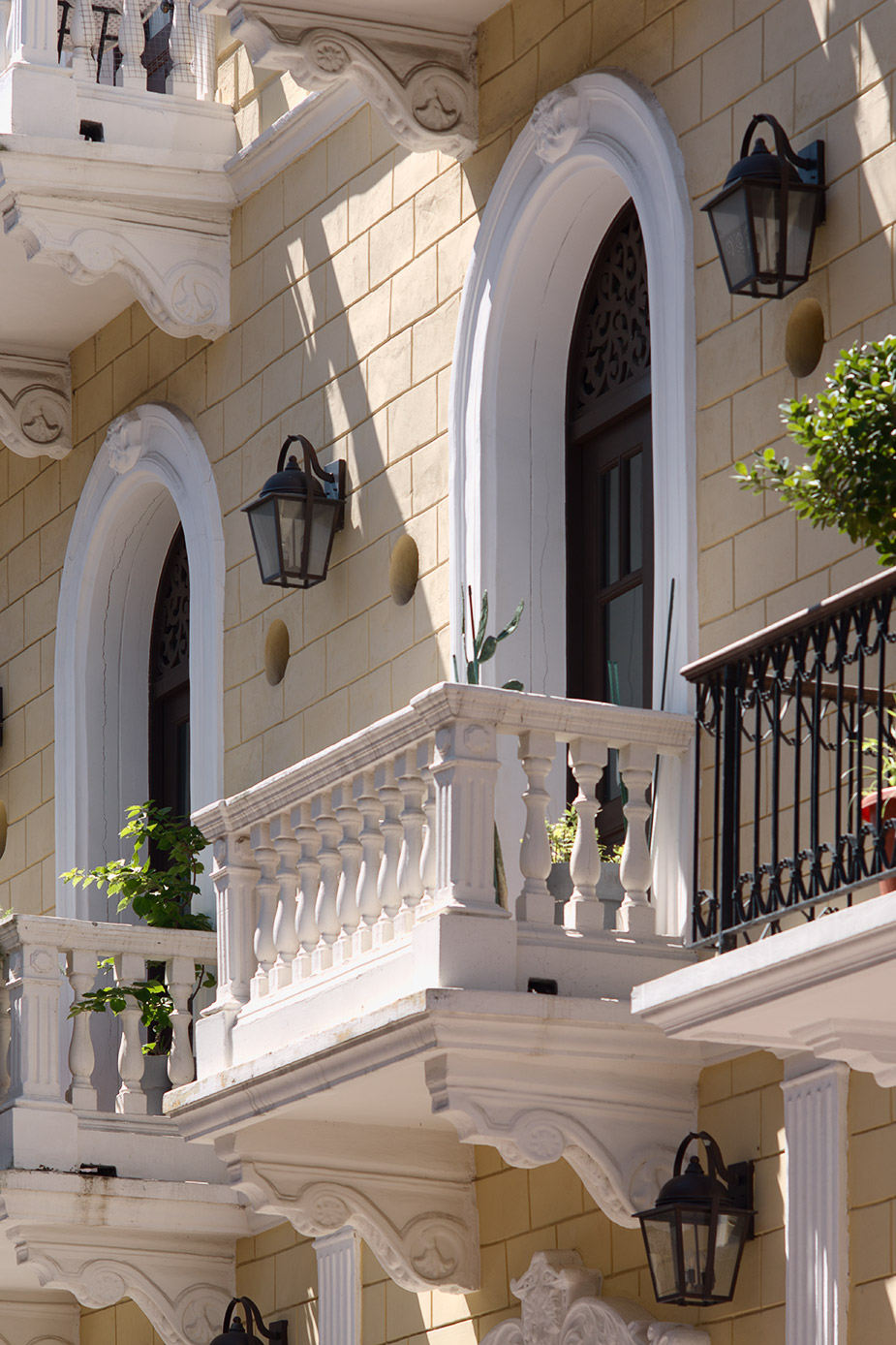
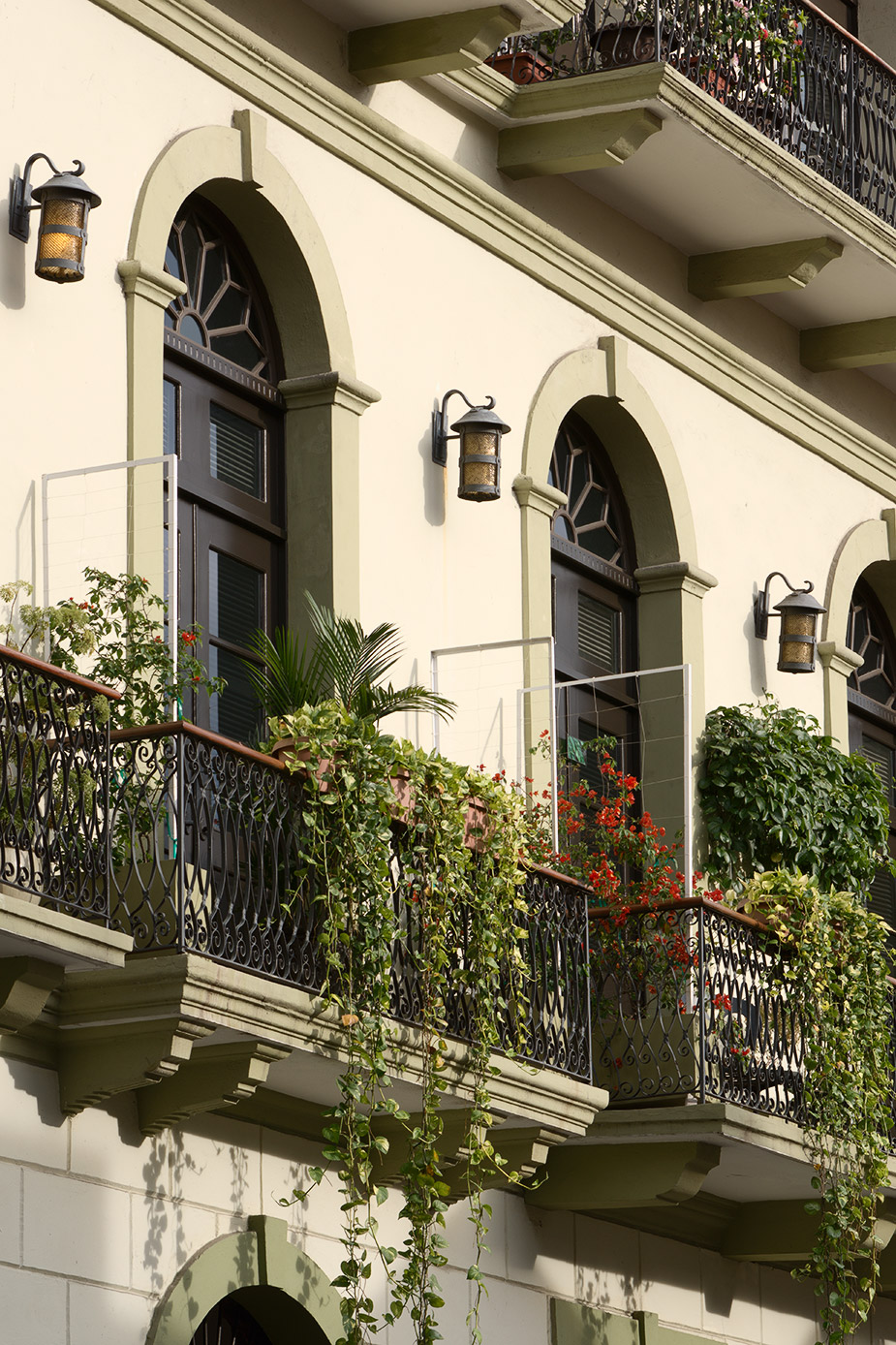
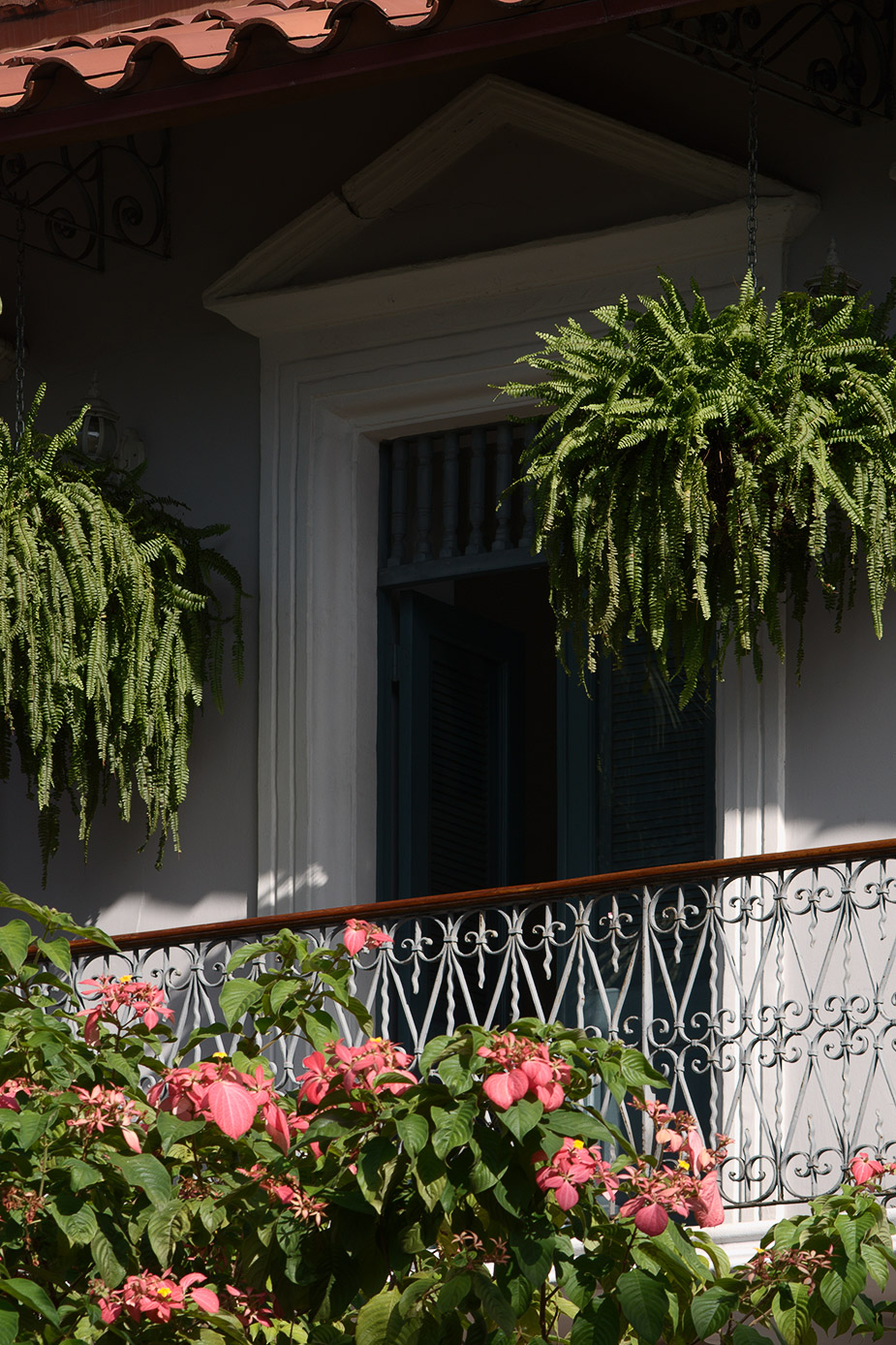
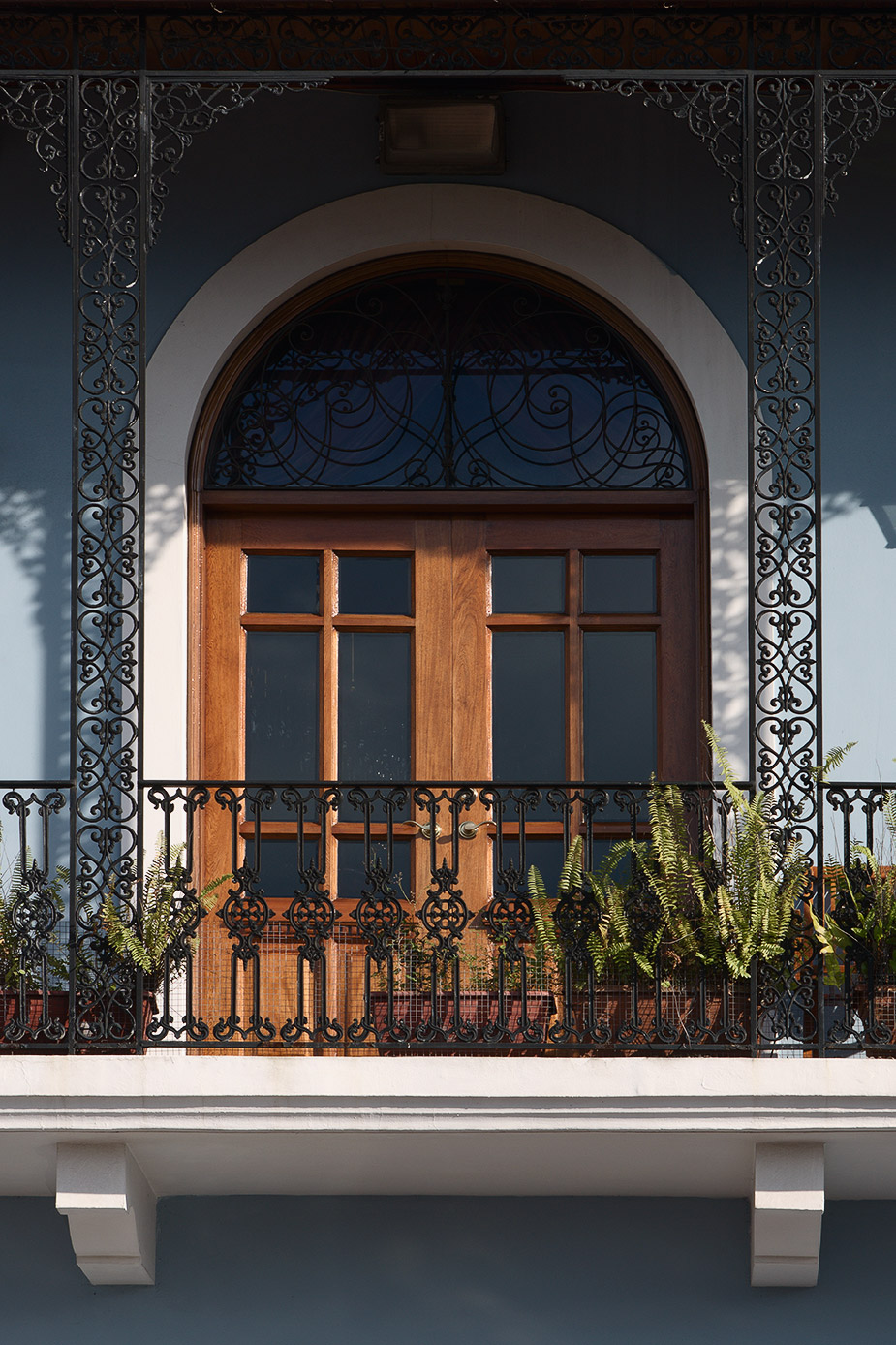
Not as commonplace as balconies, there are plenty of intriguing doors in Casco worth photographing. Most reside on street level, but a few on the second and third floors also make for interesting subjects.
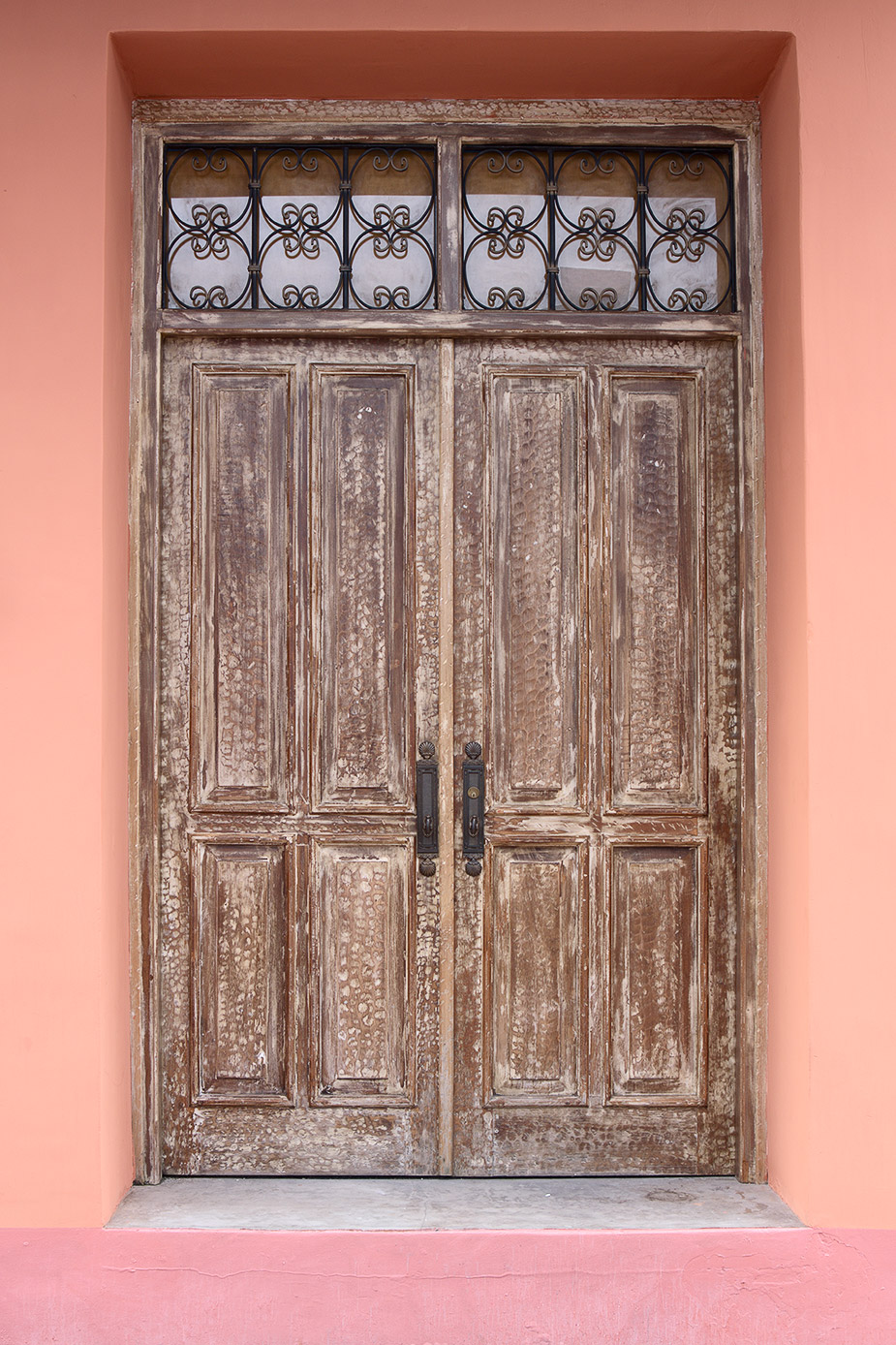
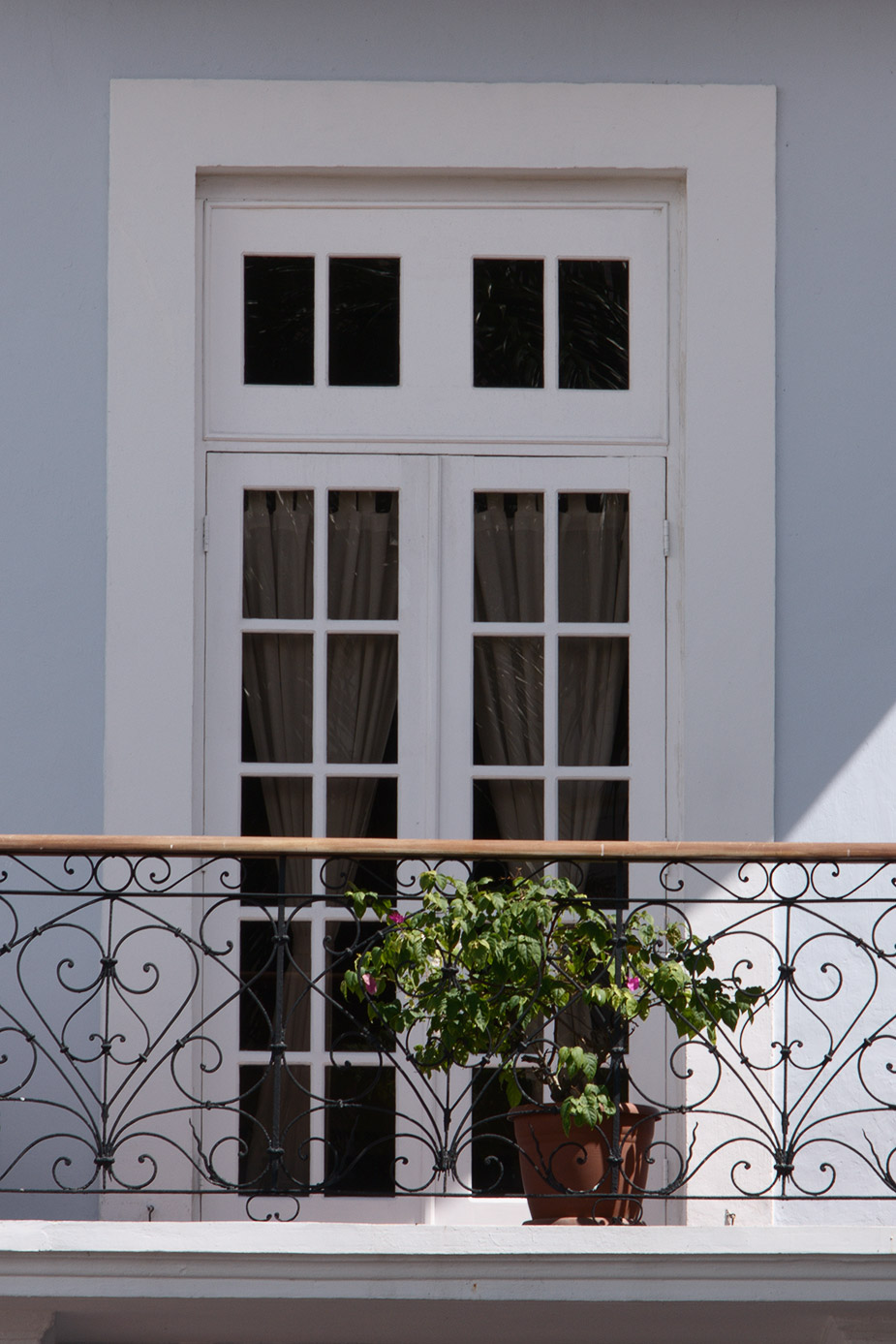
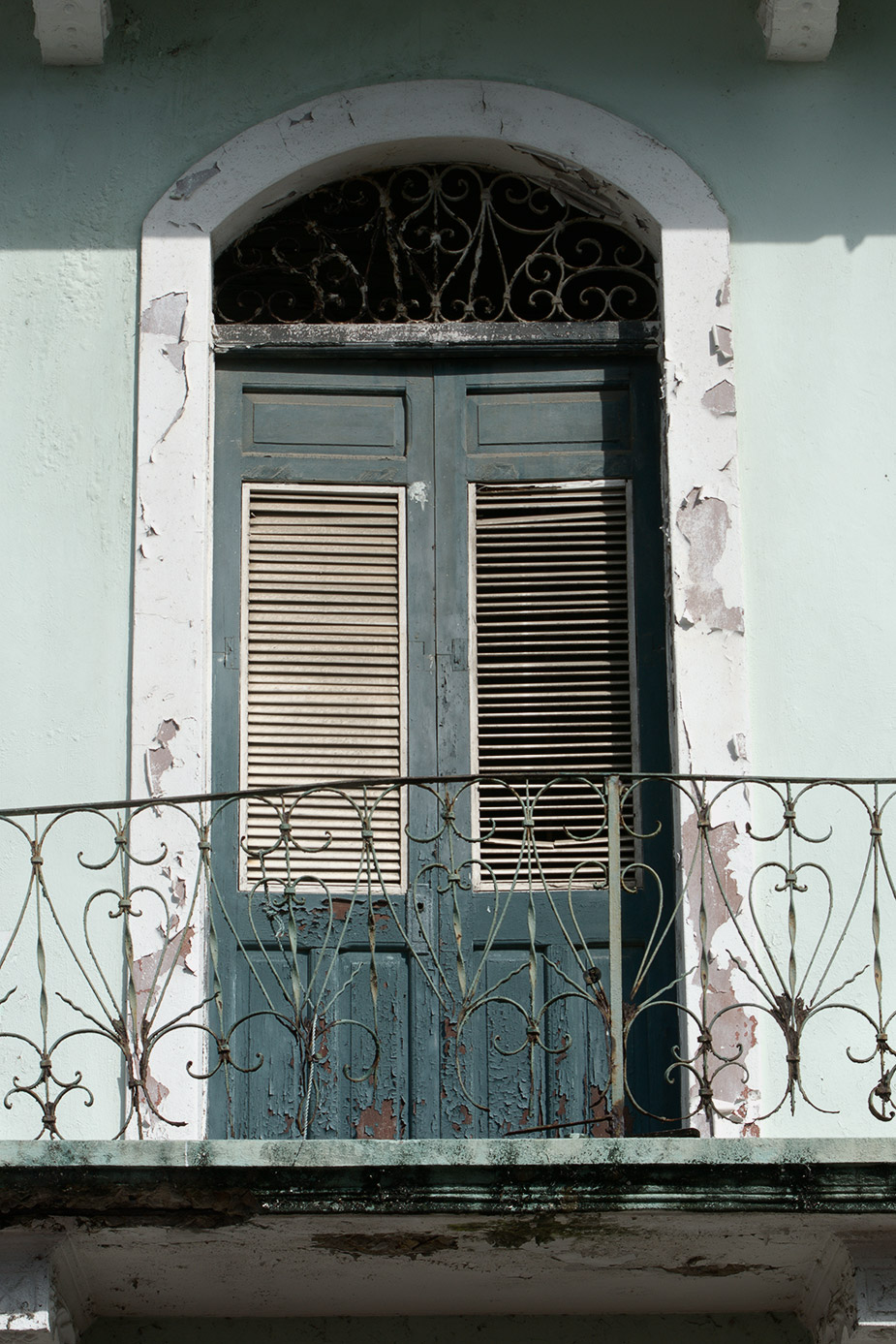
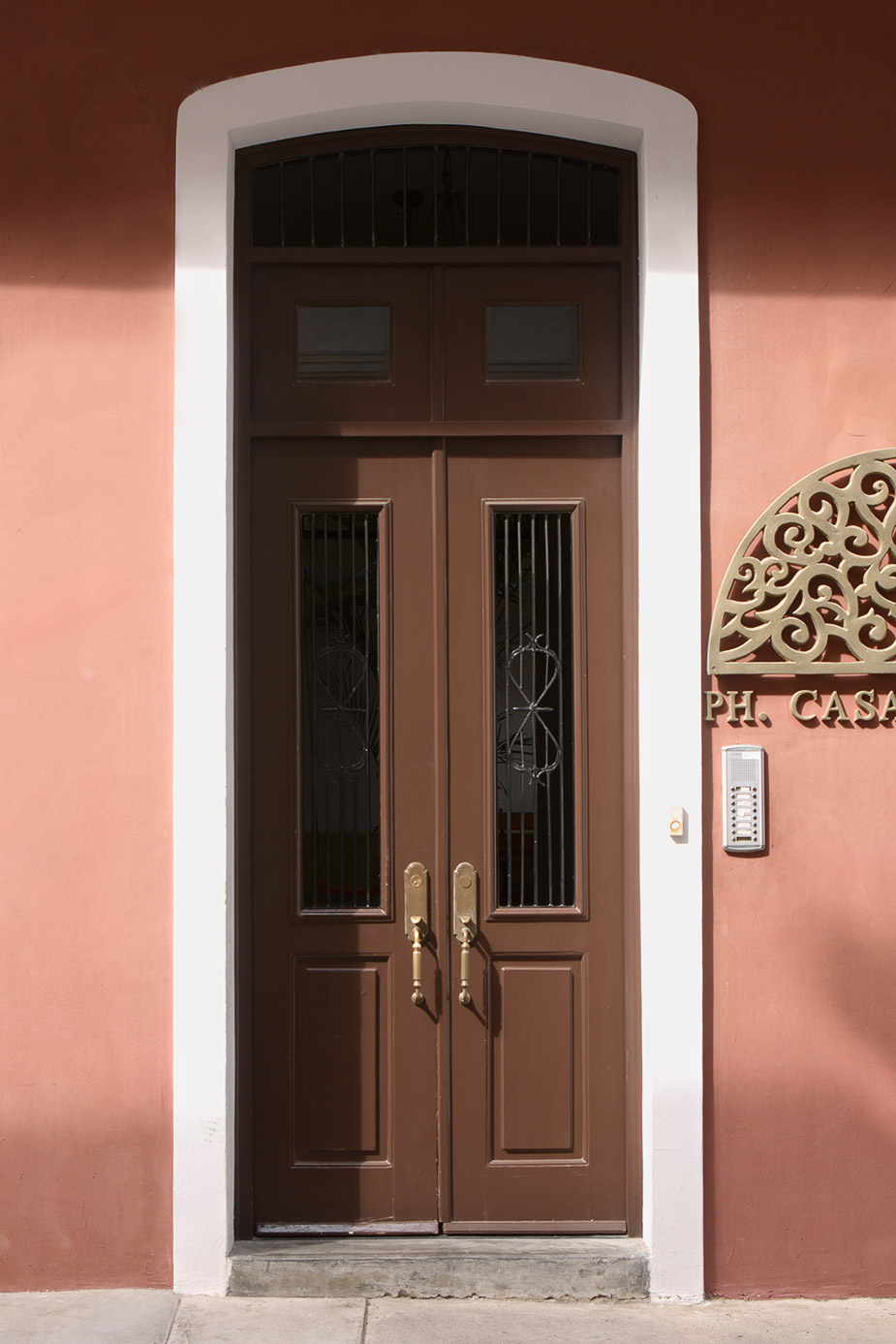
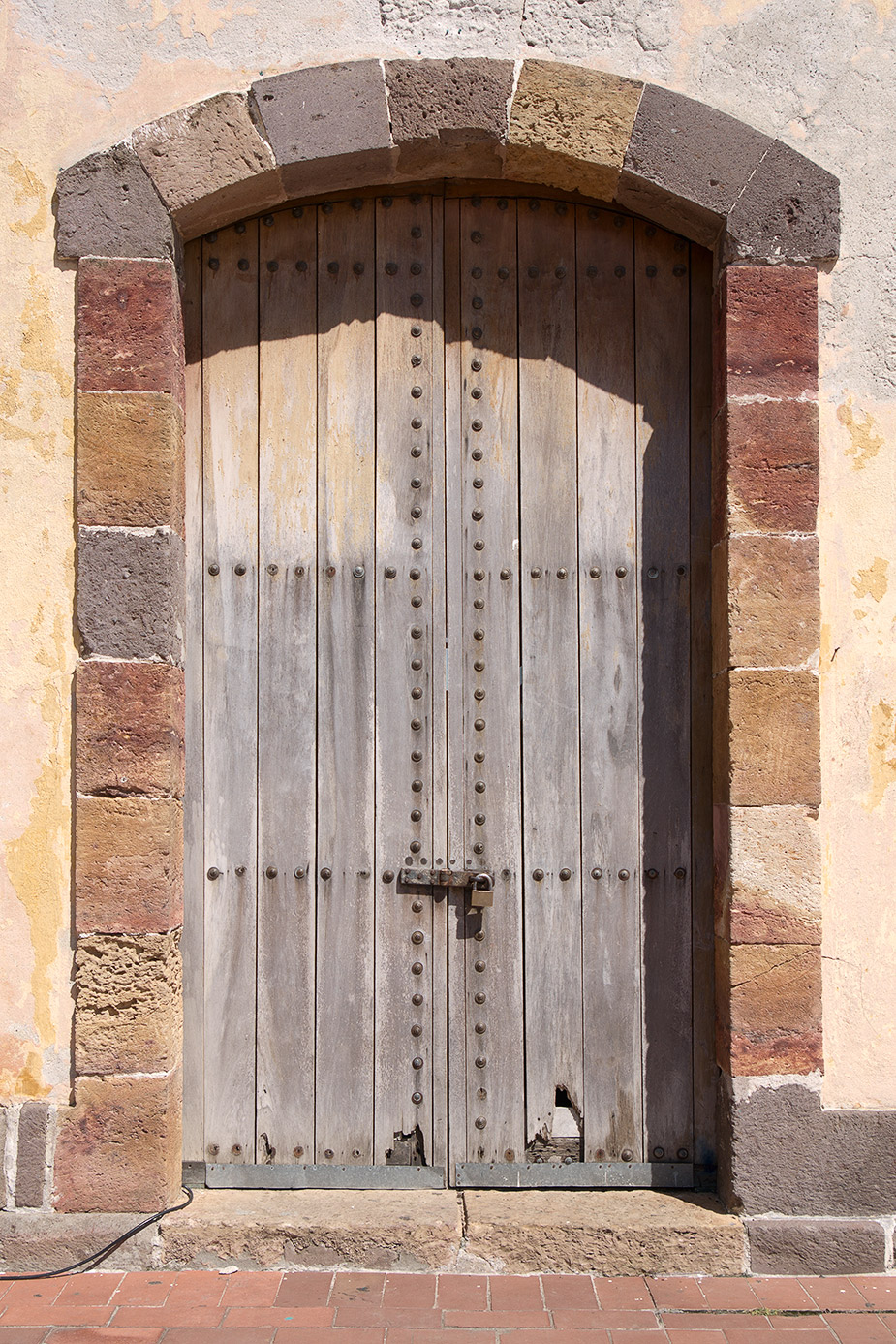
Upon entering Casco Antiguo, your guided tour will likely proceed along Casco's primary entrance route, which begins at Herrera Park and passes Saint Joseph's Church (Golden Altar) and Society of Jesus Ruins (Compañia de Jesús). I say likely because itineraries vary from ship to ship.
Irrespective of the route you follow, among the many meaningful structures in Casco, you are most likely to see the following during your tour:
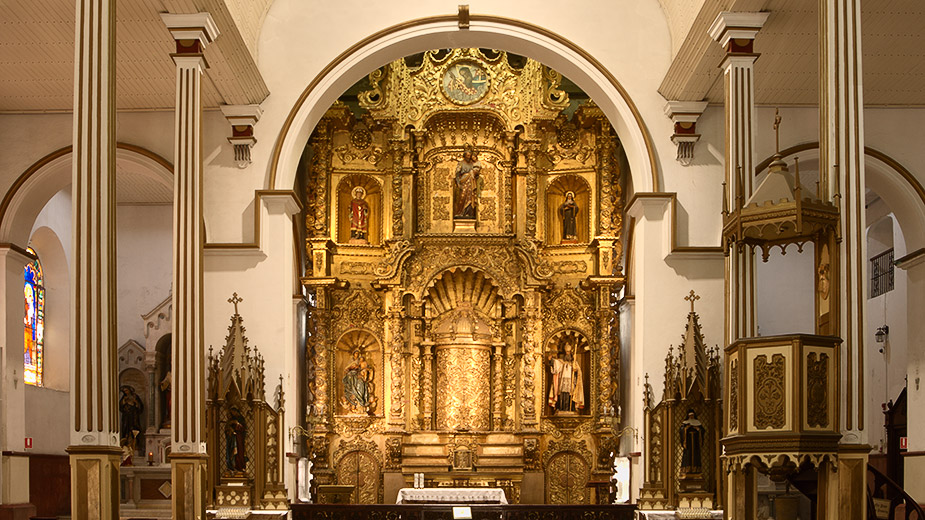
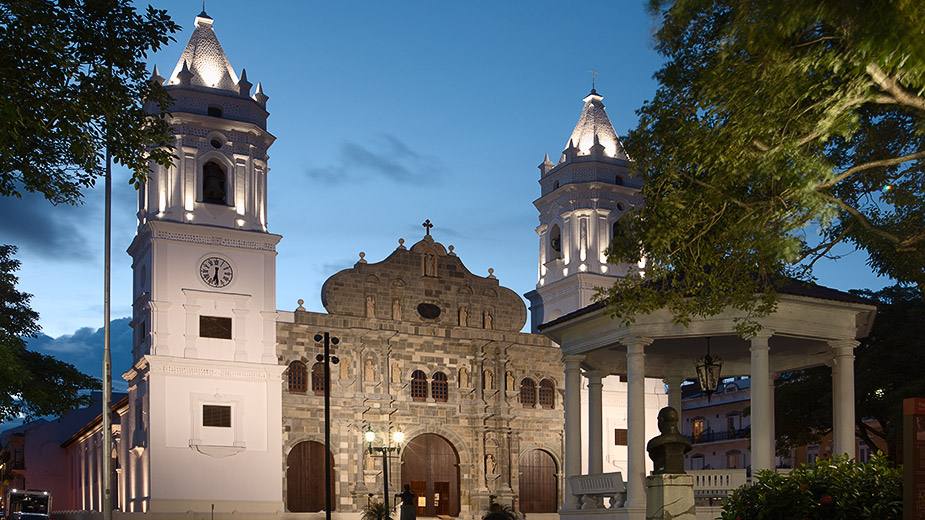
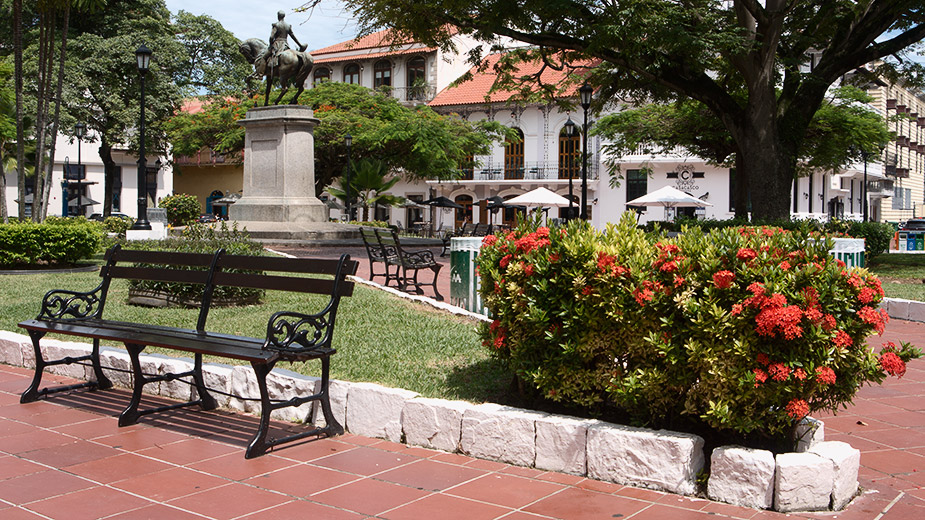
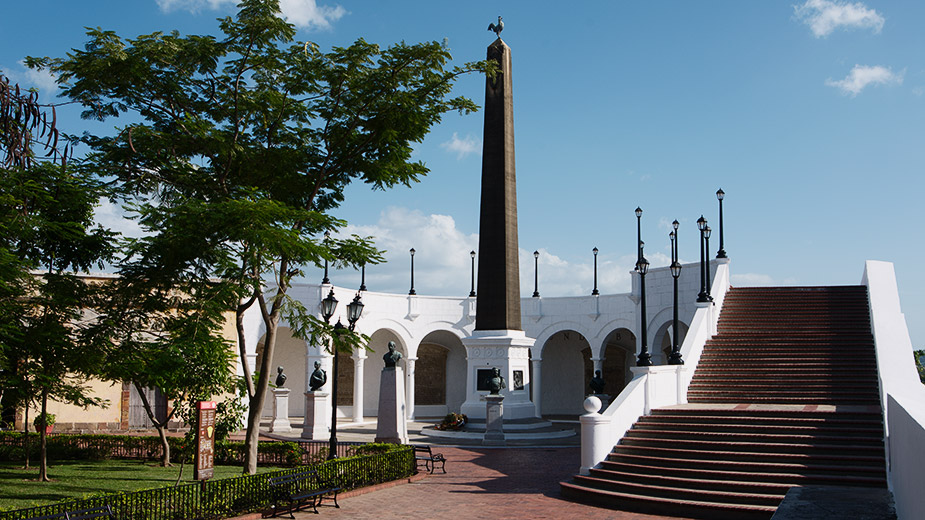
Adjacent to Independence Square and across from Metropolitan Cathedral, the Panama Canal Museum resides in a three-story building dating back to 1874 that once served as the headquarters for the French and US companies engaged in the canal's construction. Despite its age, the building has been meticulously preserved, inside and out.
The museum is limited to the building's second and third floors, offering visitors an outstanding exhibit of Panama’s historic role in acting as an inter-oceanic route from pre-historic times to the realization of the Panama Canal, and the presentation is top-notch. It focuses on everything relating to the railroad and canal, leaving no stone unturned, apart from the recent expansion effort between 2007-2016. (For anyone wanting more information about the expansion period, we recommend you visit the Miraflores Locks Visitor Center museum.)
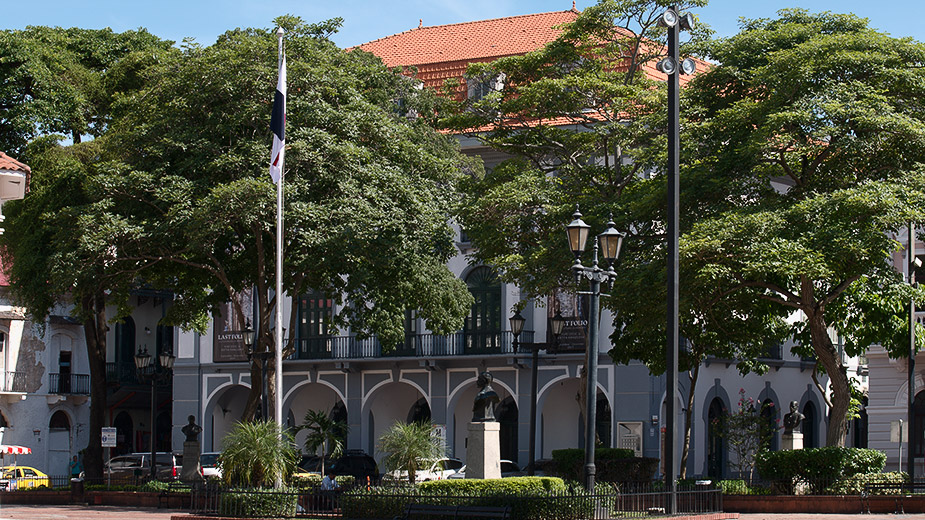
After passing the reception desk, you'll enter into a quaint atrium. Positioned in the center and on the floor is a large lens/lamp, once part of a lighthouse on Isla Grande, designed by Gustave Eiffel and built-in 1893. To the back and on the right is a staircase leading to the museum's entrance on the second floor. Upon reaching the top, turn left, and off to the right, enter through the sliding door.
It begins with a brief introduction to Panama's pre-Colombian era (you'll find more in-depth coverage of this period at the Panama Viejo Museum). Followed by a peek into how the Isthmus of Panama arose from the seabed, united two continents and divided an ocean, and changed the world's biodiversity forever. (We recommend visiting the Biodiversity Museum on the Amador Causeway for a closer examination of the isthmuses' formation, its initial inhabitants, and the vast array of animal life that once existed and endured.)
***
Among the many topics covered in detail, here are just a few:
***
Throughout the museum, you'll encounter a vast array of physical artifacts, meticulously maintained and most often housed behind glass cabinets. They include, but are not limited to:
***
Most exhibits display descriptive text in Spanish and English, and a select few are interactive. In a few instances, the English version is abridged but concise and more than adequate. There are a few instances, most often relating to newspaper and magazine publications and articles, when English descriptions are absent. They are, however, the exception.
In summary, the Panama Canal is one of the world's most important architectural accomplishments, and the museum does a fabulous job detailing every aspect of its development. I can not recommend it enough; it is well worth a visit.
Most of the stores in Casco Antiguo sell the same products, which is not surprising given the limited number of suppliers. Those products include t-shirts, hats, indigenous crafts, bags, keychains, magnets, hammocks, coffee cups, drinking glasses, assorted clothing, etc. Most of the items are imported, with indigenous craft one of the few exceptions. Generally speaking, the larger the store, the greater the variety. As well, street vendors, primarily of indigenous descent, congregate on street corners to sell paintings, molas, etc.
Indigenous craft from Ecuador, Colombia, Peru, and Guatemala are common sightings and include hammocks, ponchos, shirts, table cloths, and fashion bags. The map below shows the location of all the souvenir stores, in addition to the most frequently visited tourist sites.
There are a few stores that specialize in certain items:

There are no public buses that service Casco Antiguo. However, if you wish to walk, you can follow the Cinta Costera until it reaches Plaza/Park Centenario; it's not too far from the fish market (Casa de Mariscos). The entrance to Casco is at the far end of the park. You will need to climb a staircase and then cross the street.